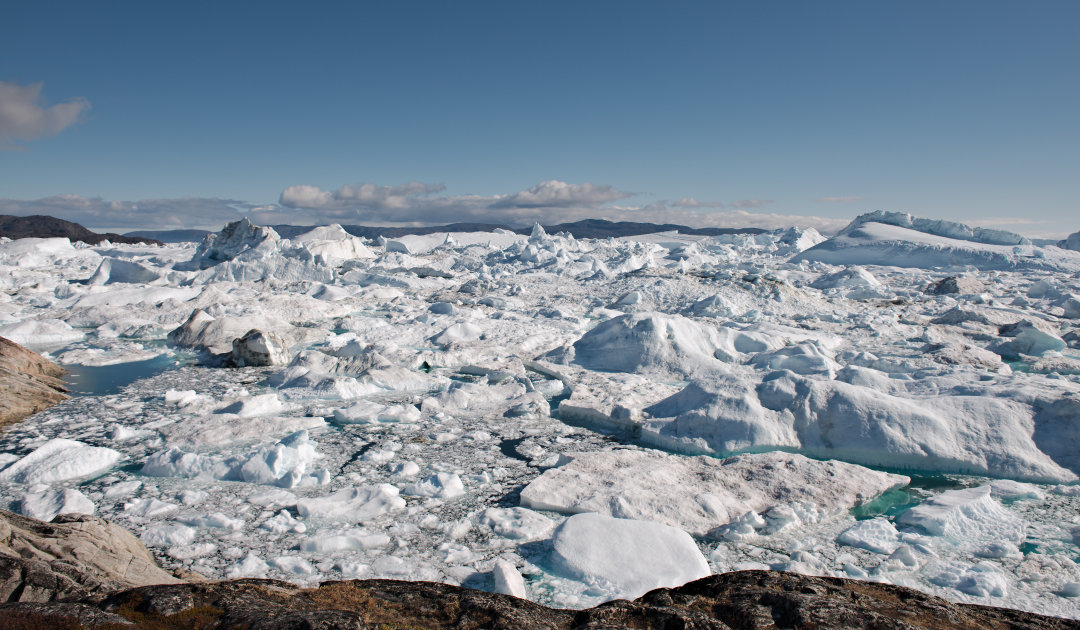
In the Arctic, ice is melting away rapidly both on the sea and on land due to global warming. Scientists are paying particular attention to the ice sheets on the mainland, as their melting is causing sea levels to rise. The Greenland Ice Sheet plays the leading role. Previous model calculations predicted that by the year 2100 the melting processes on Greenland could cause the global sea level to rise by up to 10 centimetres. But a new study now shows that the increase can be as much as 18 centimeters. The reason for this is better model calculations.
The model that produced the new results is the same one that was used for the last climate report of the IPCC (Climate Change Panel). The large-scale study, led by the Laboratory of Climatology of the University of Liège and resulting in two publications, “fed” the MAR model with the latest findings and results of other research groups and concluded that Greenland’s ice sheet would melt 60 percent more than previously assumed in the “worst case scenario”. “While our MAR model suggested that in 2100 the surface melting of the Greenland ice sheet would contribute to a rise in the oceans of around ten centimetres in the worst-case scenario (if we don’t change our habits), our new projections now suggest a rise of 18 centimeters,” explains lead author of one study, Dr. Stefan Hofer of the University of Oslo. His work was published in Nature Communications and predicts sea level rise.

According to the research group, the new findings on the influence of cloud cover and feedback mechanisms of faster melting sea ice have resulted in an amplification of warming by 1.3°C, which leads to the result of more rapidly rising sea levels. This statement was supported by the research of the second research group of Dr. Xavier Fettweis from the University of Liège. They had compared the original MAR model with several new models and figured out how the differences in the two results came about. In doing so, they compared the model predictions with the current situation. “It would now be interesting to analyse how these future projections are sensitive to the MAR model that we are developing by downscalling these scenarios with other models than MAR as we have done on the present climate,” explains Dr. Fettweis. The aim of this new project is to be able to assess global changes of te cryosphere with fully quantified uncertainties and thus to make better and more reliable predictions of local, regional and global sea-level rise.

In their new project, however, the group around Xavier Fettweis does not only want to investigate the influences of cloud cover and enhanced sea ice mechanisms. The catabatic winds that roar from the interior of the ice sheet to the coast are also to be included. He hopes that this will provide an even more robust statement of the MAR model and thus also for the IPCC report. “Knowing that the wind influences the melting of the ice sheet, it is important to have the most reliable models possible,” he concludes.

Dr Michael Wenger, PolarJournal
Links to the studies:
More on the subject:





